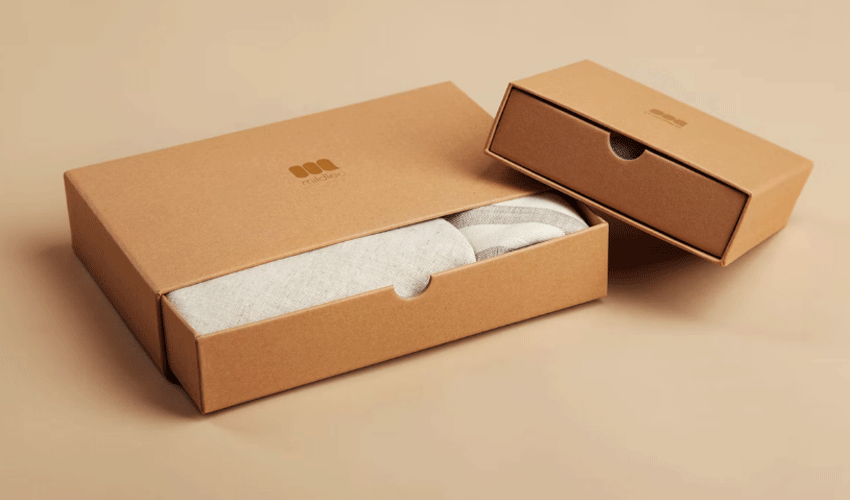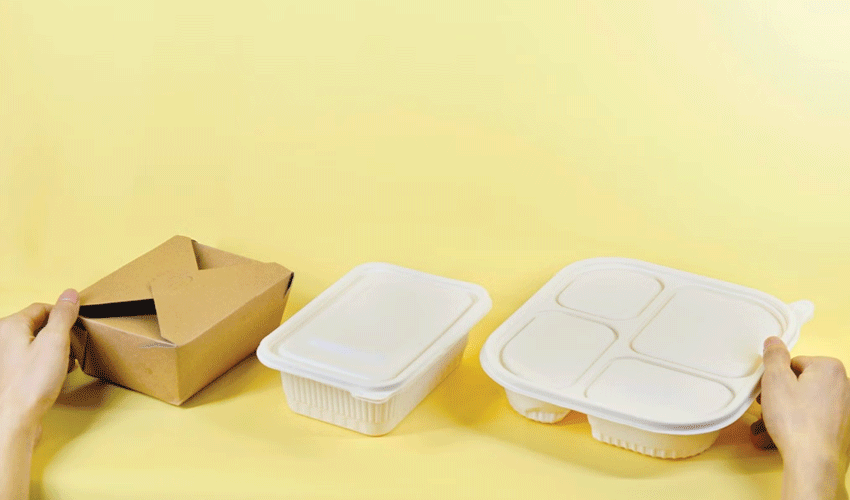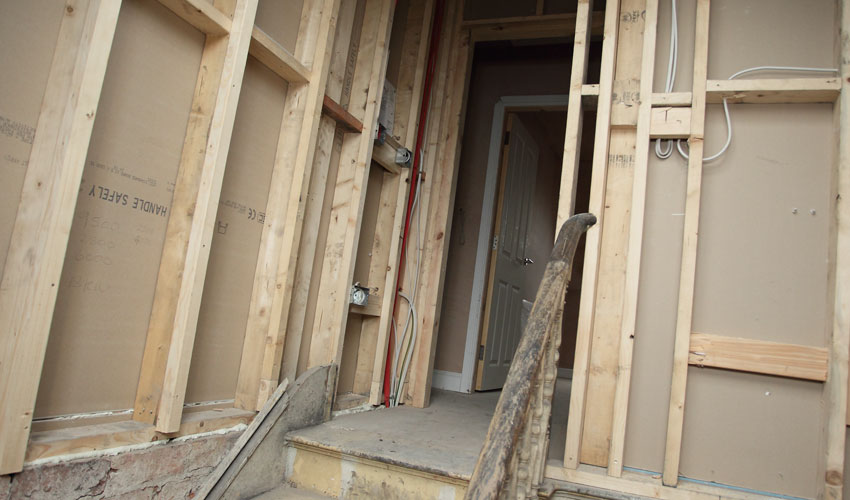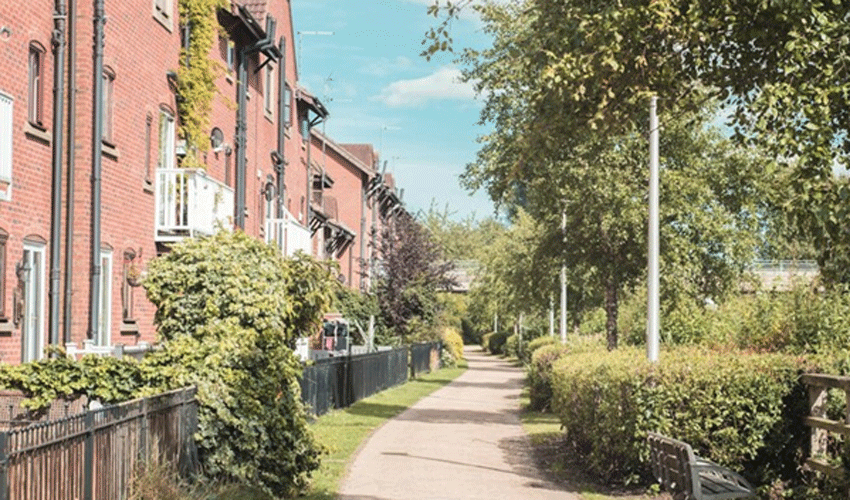
Packaging solutions are designed for protecting your product during transport and storage, but also have to satisfy marketing requirements.
Depending on what you plan to sell, the product-specific packaging solutions available on the market today are incredibly versatile.
Packaging can be as simple as a single corrugated board box or as complex as an engineered moulded container that is applied with technologies typically associated with car manufacturing plants.
You need to understand your product and its environment, as well as the nature of the distribution channels it will be using before you can start to investigate different packaging solutions. It involves much more than just understanding how big your product is.
Define Your Product
It is important to first define your product. Is it solid, liquid, or gas? What colour is it, and what’s the general look of the container you chose for this product? After defining these things, can you see yourself with those items in your hand?.
If you chose a solid form, does it come out like sandcastles (that is to say, rugged) or like a putting green (smooth and sleek)? How big is the solid? Is it as small as a coin or as big as your hand? Does it have a generic shape, or does it figure out what shape is best for your product?
Is there a better way to store the solid that puts less stress on the user and still gets the job done?. These are all questions you must answer before you can determine which package type will work best for your products.
Define The Application
The first step when selecting a packaging material is to understand your application. You need to know how the package will be used to choose the right materials and design. For instance, Douglas Machine Company offers an in-depth application guide to help you determine the best materials and provides suggestions on which would be best for your specific application.
The type of material you choose will largely depend on the packaging design and end-use. For instance, some packaging materials are more suitable for certain environments like humidity and water resistance. Others will provide specific advantages, such as protection from impact on the product inside or tamper evidence.
Determine Core Benefits
An effective step in finding the perfect packaging solution is to determine what your product’s core benefits are. What does it do? How can someone benefit from using this product? These things should be considered to choose the best type of packaging for your products, and you can do that by choosing a material that best showcases your product’s core benefits.
For Example, A hand cream, which is used to keep hands soft and supple, should be packaged in a tube or jar because it lets users dispense just the right amount of product easily. This helps avoid wasting any creams that aren’t used up in one application.
Bottled water, however, should be packaged in a lightweight material such as plastic or aluminium because the product itself is light and needs to be transported easily. If it was bottled in glass, this would add too much weight to the final product to be cost-effective.
The lightweight material also helps reduce the environmental impact of transporting such a heavy product. Making choices like this can help you to determine which type of packaging solution is right for your particular needs and company goals. It’s important to find a way to highlight your products’ best features, whether your product is food or fashion, the packaging is one of the best ways to make that happen.
Establish Marketing Goals
Packaging is all about marketing, and you have to consider your goals before choosing a packing solution When working on your design, you will be able to choose from a variety of options depending on your business goals. If you’re looking to add a personal touch to your business, you can hire a service that offers custom packaging options.
These options include everything from unique colour, size, and shape of packages that can fit any product. You will be able to create a distinct image for your brand that is often the first impression a customer has of your company.
Review The Market
Review the market for your product and the trends and fads that are prevalent. Your priority is to look out for any major changes in consumer preferences as they apply to the product category you plan on selling into. Of course, technology will always be a factor, but it’s important to recognize whether or not those changes are temporary or long-term. If your customers still prefer paper products to plastic, for example, you probably won’t want to focus too much on investing in a packaging solution that’s going to have a short lifespan.
One way of doing this is by following the news and paying attention to new trends. For example, if you’re selling into the farm market then an article about how consumers are demanding more organic, local, and sustainable products will be a strong indicator that there is demand for those types of goods. In this area, you’ll want to focus on packaging methods such as eco-friendly materials, recyclable containers, and locally sourced design because those are the types of things that consumers want when they’re trying to make greener purchases.

Establish Distribution Channel
When you first begin your business plan and start manufacturing or designing your product, you must know where and how customers will be receiving the product. Will the product be sold in stores? If so, where? What type of packaging would work best to promote sales in those particular regions?
Is there any special way you want customers to handle the product to promote repeat sales? Will the company be selling directly to consumers and if so, what type of packaging solution will work best for them and why?
You not only want to consider the desires of your customer but also how you plan on getting your product into their hands. If you are planning on selling through retail stores, then every product you sell will need to be packaged.
It is good to remember that retail stores are very picky about the type of packaging they use for their products, so keep this in mind when deciding on the right packaging solution for your businesses.
If you are planning on selling directly to consumers or online, then you have more liberties with what kind of packaging is used. However, even in this case, you will want to have a way for consumers to see and feel your product, so they can make the purchase.
It’s important to find a way to highlight your products’ best features, whether your product is food or fashion, the packaging is one of the best ways to make that happen. A strong plan for marketing goals will help you decide on the right packaging solutions.
Depending on if you are selling in stores, online, or directly to consumers, different types of packaging will need to be designed for the needs of your customer base.












